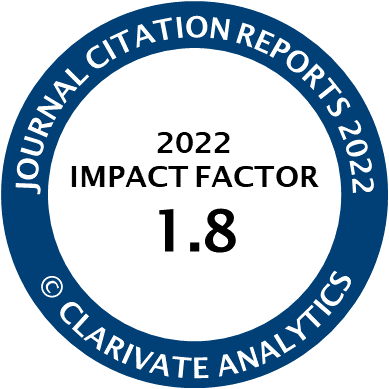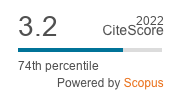Article | Open Access
How Does ICT Expansion Drive “Smart” Urban Growth? A Case Study of Nanjing, China
| Views: | 3345 | | | Downloads: | 1774 |
Abstract: In the context of accelerated urbanization, socioeconomic development, and population growth, as well as the rapid advancement of information and communication technology (ICT), urban land is rapidly expanding worldwide. Unplanned urban growth has led to the low utilization efficiency of land resources. Also, ecological and agricultural lands are continuously sacrificed for urban construction, which in the long-term may severely impact the health of citizens in cities. A thorough understanding of the mechanisms and driving forces of a city’s urban land use changes, including the influence of ICT development, is therefore crucial to the formation of optimal and feasible urban planning in the new era. Taking Nanjing as a study case, this article attempts to explore the measurable “smart” driving indicators of urban land use change and analyze the tapestry of the relationship between these and urban land use change. Different from the traditional linear regression analysis method of driving force of urban land use change, this study focuses on the interaction relationship and the underlying causal relationship among various “smart” driving factors, so it adopts a fuzzy statistical method, namely the grey relational analysis (GRA). Through the integration of literature research and known effective data, five categories of “smart” indicators have been taken as the primary driving factors: industry and economy, transportation, humanities and science, ICT systems, and environmental management. The results show that these indicators have different impacts on driving urban built-up land growth. Accordingly, optimization possibilities and recommendations for development strategies are proposed to realize a “smarter” development direction in Nanjing. This article confirms the effectiveness of GRA for studies on the driving mechanisms of urban land use change and provides a theoretical basis for the development goals of a smart city.
Keywords: grey relational analysis; ICT; land use change; smart city; urban planning; urbanization
Published:
Supplementary Files:
© Zipan Cai, Vladimir Cvetkovic, Jessica Page. This is an open access article distributed under the terms of the Creative Commons Attribution 4.0 license (http://creativecommons.org/licenses/by/4.0), which permits any use, distribution, and reproduction of the work without further permission provided the original author(s) and source are credited.




